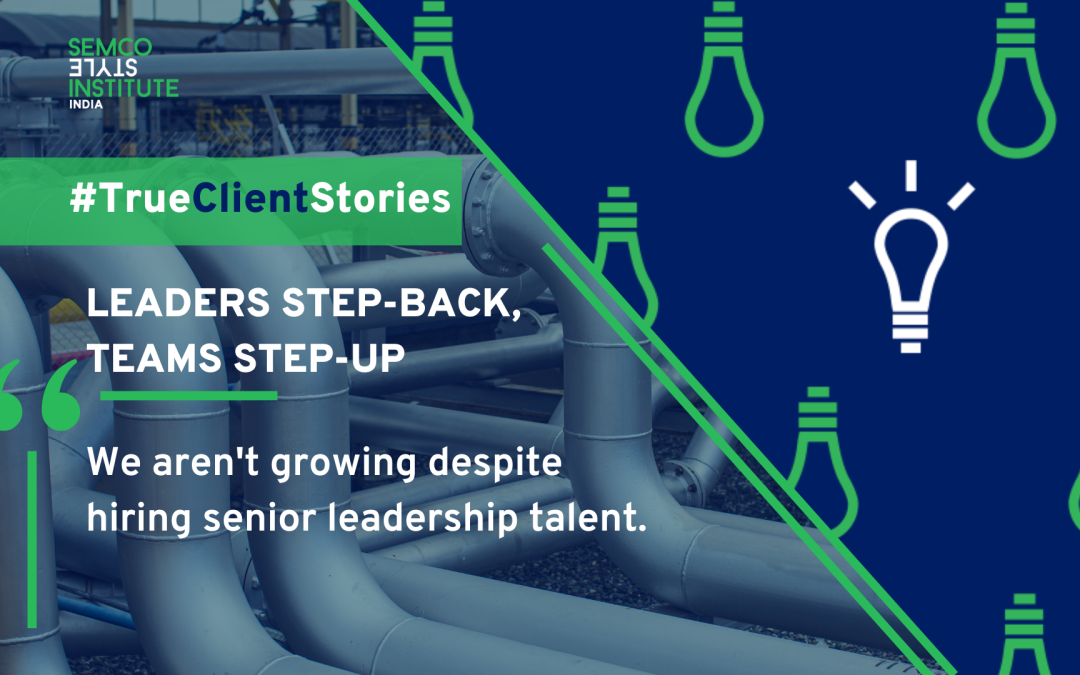Great leaders don’t just lead cultural change—they embody it. They don’t merely inspire their teams with words; they instil confidence through actions.

The goal is to align with the mission

“Transforming spaces, transforming lives” was more than a tagline for the facilities management company; the CEO was committed to making it part of their operations. However, in a sector where services were delivered at minimum wages and competition demanded high service quality, balancing customer experience and employee satisfaction was a challenge.
The company’s performance management system was still in its infancy. Their Key Performance Indicators (KPIs) were primarily financial and operational, lacking the nuance needed to build a performance culture. It wasn’t helping teams balance the competing demands of delivering great customer service while ensuring employee satisfaction.
With KPI rationalisation on the agenda, the CEO suggested embracing OKRs. After several discussions, however, the team realised that it would be too big a change, and they needed something that fits their purpose.
Our goal was to create a system that aligns with the company’s mission, promoting a growth mindset like OKRs but maintaining focus on execution as KPIs do. Adopting a #semcostyle approach, we co-created a hybrid system that blended the strengths of both OKRs and KPIs.
To tie the aspirational tagline to their day-to-day work, we started with three core pillars: Cash, Convenience, and Compliance. For each pillar, we identified the function-specific drivers and the roles that had the most influence. From there, we defined measurable Key Results (KRs) for each role, ensuring they cascaded down and connected to the broader organisational objectives.
For the initial roll-out, we agreed that the initial focus would be on driving performance culture rather than pushing a growth mindset. As the teams matured, there would be room to shift that balance.
Ultimately, the solution wasn’t about choosing between OKRs or KPIs—it was about finding a system that measured what truly mattered, fitting the company’s needs, stage of growth, and where they are in their journey of building a performance culture.
To learn more about how we help organisations become self-managed, resilient and thus future-ready, click here.
Related Posts
Transforming culture? It starts with you, the leader.
From Busyness to Impact: How can your team make the shift?
How a SaaS company reclaimed 10% capacity each iteration and drove real business impact by shifting from activity-focused KPIs to outcome-driven metrics.
Cadence Redefined: Unlocking Agility for Success
In a rapidly changing world, organisations need frequent feedback loops. Discover how setting the right cadence helps drive fast decisions and boosts agility.














Recent Comments